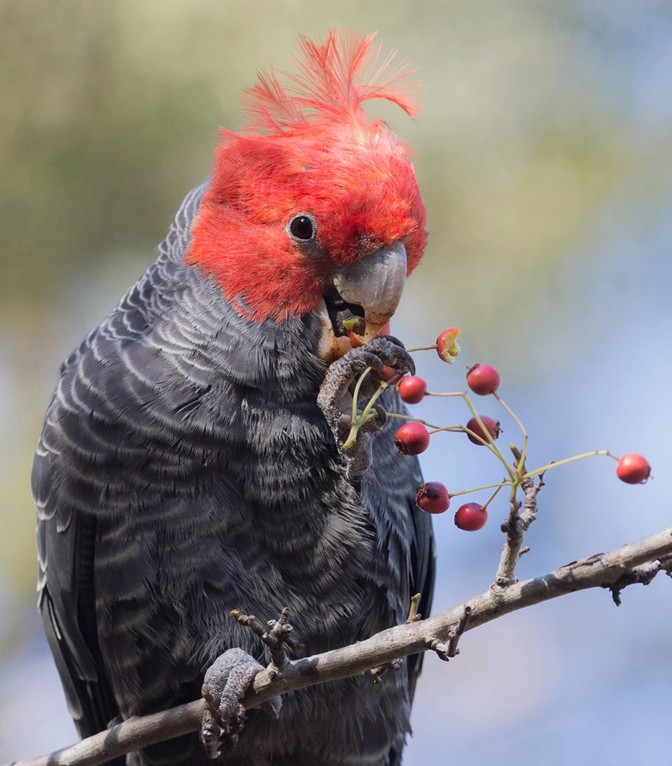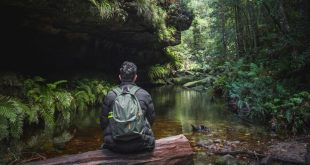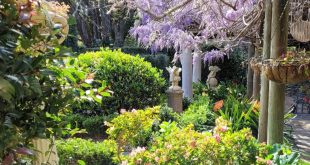
Gang-gang Cockatoo (Credit: Sonja Ross 2013, birdlifephotography.org)
Our native wildlife is in crisis. With dwindling tree hollows, which are essential homes for countless species, the Blue Mountains’ unique ecosystem is under threat. Discover how you can make a real difference. Learn about practical solutions, community initiatives, and the upcoming event dedicated to restoring vital habitats.
Key Points:
- Native wildlife in the Blue Mountains are facing a housing crisis due to the loss of natural tree hollows, which are essential for their survival and take centuries to form.
- Protecting existing mature trees, creating artificial hollows (nest boxes), and community involvement are crucial steps to address the shortage of these vital habitats.
- An upcoming event will provide practical solutions and education on how to create and install artificial hollows, restore habitats, and support local wildlife conservation efforts.
The Blue Mountains is home to a vast array of native wildlife, from the smallest insects to gliders, birds, possums, and reptiles. However, with increasing urban expansion and land degradation, many of these creatures are facing a housing crisis – losing the tree hollows they depend on for shelter, food, and breeding sites.
Tree hollows, or hollow-bearing trees, are a critical part of our ecosystem, providing vital homes for many threatened native species. These natural cavities, found in older mature trees, take centuries to form and are essential, with 31% of our native mammals and 15% of birds relying on them for survival, including the Powerful Owl, Greater Glider, and various parrot species. Unfortunately, habitat destruction has led to a severe shortage of these critical nesting and sheltering spaces, threatening the future of hollow-dependent wildlife.
“Hollows take between one and two hundred years to form, and their loss poses a significant threat to biodiversity. Without them, many species struggle to breed and survive,” explained Ms Annette Cam, President, Blue Mountains Conservation Society.
“Protecting existing mature trees, allowing younger trees to age naturally, and creating artificial hollows are critical steps we can take to preserve wildlife habitat.”
Nest boxes and artificial hollows can provide life-saving shelter where natural options have been lost. However, proper design, placement, and maintenance are key as poorly designed structures can do more harm than good, failing to attract wildlife or even exposing them to predators.
Community involvement plays a crucial role by helping to safeguard old trees, create new hollows, and promote wildlife-friendly practices.
“By taking action, whether it’s protecting mature trees, planting habitat-friendly vegetation, or installing properly designed hollows and nest boxes we can help restore and re-create lost habitats and ensure a future for our local native wildlife.”
“If you’ve noticed fewer birds in recent years, less rustling in the undergrowth, tramping on roofs at night or fewer sounds of nature in your once-lively garden, this is your chance to learn how to make a difference,” concluded Ms Cam.
Wildlife Real Estate: Building Homes for Nature
Coming up is an engaging and informative event where experts will share practical solutions for supporting native wildlife:
- Specialists from Hollowhog and Habitat Innovations will demonstrate how to create tree hollows and install nest boxes.
- Mountains for Wildlife and the Blue Mountains Botanic Garden Mt Tomah will share their experiences in habitat restoration.
- Learn about bird conservation, habitat-friendly schools, and simple ways to bring nature back into our daily lives.
- Get up close and personal with some of the animals in need of homes, courtesy of Me&Zoo—including a few curious lizards eager to meet you!
Event details:
Saturday, 22 March, 2-5pm
Mid Mountains Community Centre, Lawson
Free event – bookings required: https://events.humanitix.com/habitat-information-session
This article has been supplied by the Blue Mountains Conservation Society.



